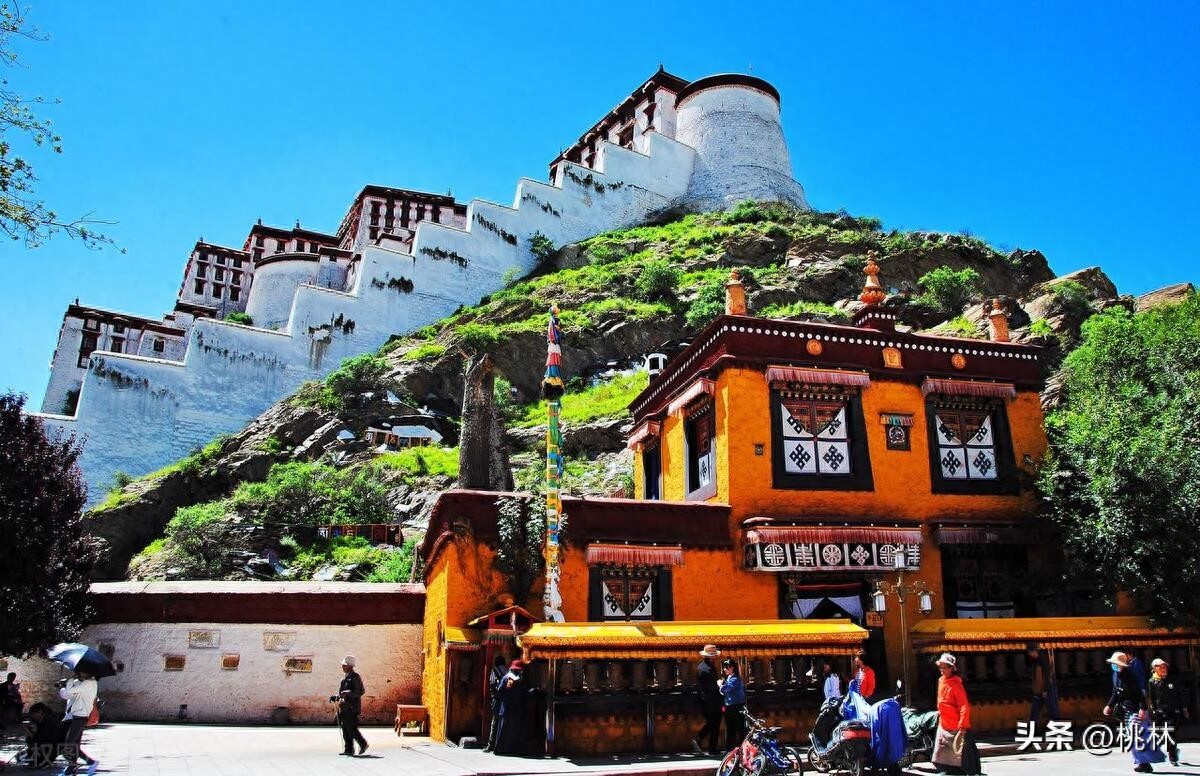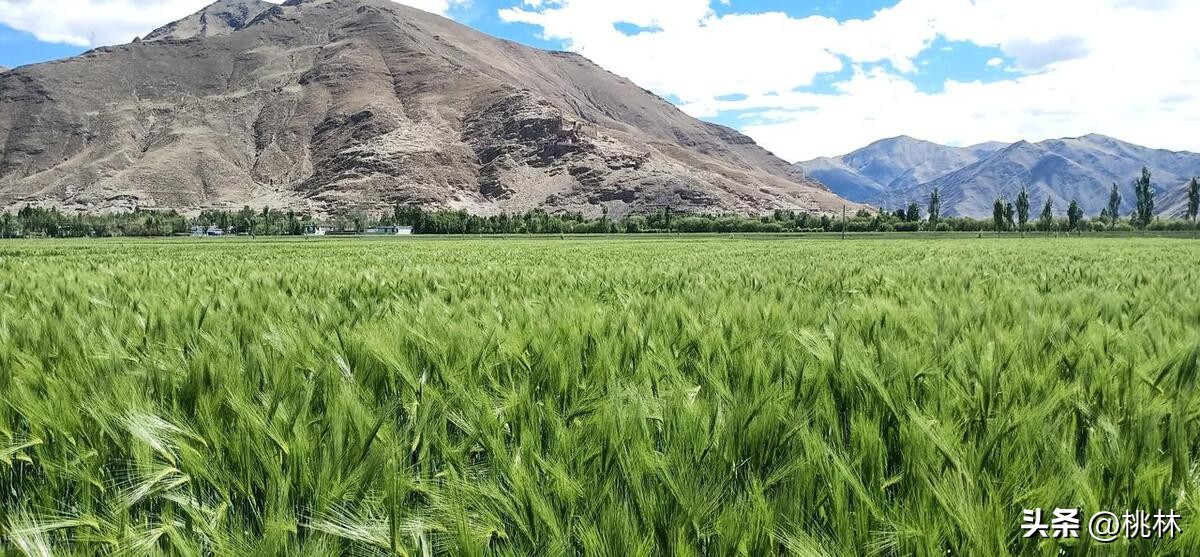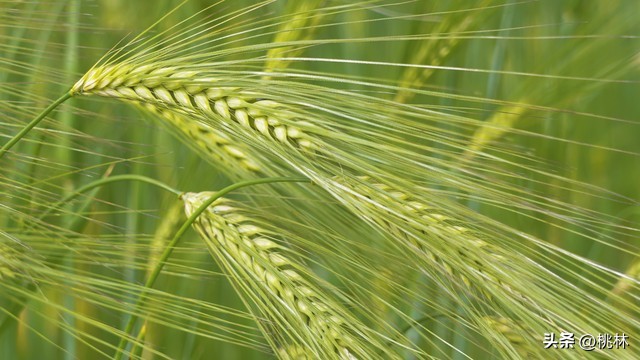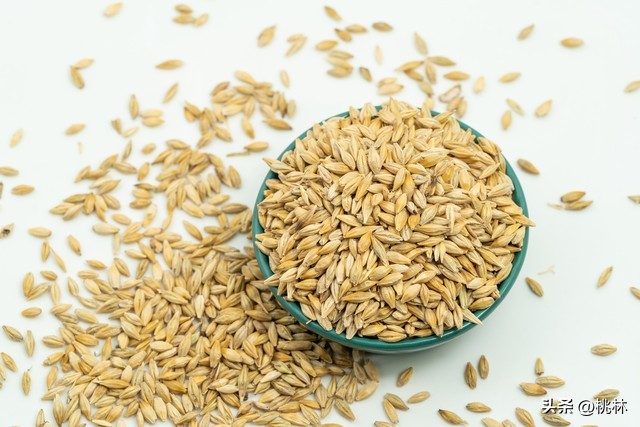Source:xzxw.com 2025-05-08

At an altitude of 3,650 meters on the outskirts of Lhasa, City, southwest China's Xizang Autonomous Region, Tibetan girl Drolma lifts the curtain of an intelligent greenhouse, and the sweet fragrance of tropical bananas greets her. Behind her stands the perennially snow-capped Nyainqentanglha Mountains, while before her stretches a rolling golden sea of wheat—this is not a myth but the real scene on the Qinghai-Tibet Plateau in 2023. In just 20 years, the Chinese have built a 13,333 km² super farm on the "Third Pole of the Earth", turning what was once barren land into a granary producing over a million tons of grain annually!
In 2003, agricultural expert Zhao Xinquan ventured into the uninhabited Changtang region with highland barley seeds. In the frozen plains at -30°C, they used yak dung to melt the frozen soil and cultivated the world-shocking "Snowland Highland Barley No. 1" in greenhouses. This "iron crop", capable of thriving at an altitude of 5,500 meters, boasts 40% higher protein content than plain barley—even yaks eagerly chase after its stalks.

"Who says cherries can't be grown on the plateau?" chuckled Tsering Dorje, a farmer from Xigaze, as he touched the glass of his photovoltaic greenhouse. The secret lies in "borrowing two beams of sunlight": the photovoltaic panels on the rooftop generate electricity, while a specialized coating transforms ultraviolet rays into red light, cutting the growth cycle by a third. Now, his cherries hit the market two weeks earlier than those from Chile, selling for 20 yuan per piece, and are directly supplied to Michelin-starred restaurants in France via the China-Europe Railway Express.

The most surreal is the "Vertical Farm" by Namtso Lake. Thirty-story planting racks are embedded into cliff walls, while drones dart through misty clouds to pollinate crops. Tibetan Arma Dekyi controls the water and fertilizer system via a smartphone app, with LED lights simulating the 24 solar terms, enabling saffron and dragon fruit to bloom and bear fruit in the same space. This revolutionary "Plateau Agricultural Ark" system has achieved three times the yield per unit area compared to Dutch greenhouse technology.

When international experts asserted with absolute certainty that "the Qinghai-Tibet Plateau could never achieve large-scale grain production," the Chinese people quietly engineered a marvel: cold-resistant rice yields have soared beyond 800 kilograms per mu, greenhouse vegetable production reaches 2 million tons annually, and a "purple highland barley" variety rich in anthocyanins has been successfully cultivated. Xizang's agricultural and animal husbandry output value has skyrocketed 47-fold over the past two decades. Agricultural technician Tashi Dundrup proudly says, "we've equipped every snow-capped mountain here with an 'agricultural brain' on every snow-capped mountain. Before glacial meltwater even enters the drip irrigation pipes, AI has already precisely calculated which field each drop of water should nourish."
Shifting from relying on the weather for a living to demanding grain from it, four million people on the plateau have rewritten the rules of survival with their wisdom.
Photo: toutiao.com
Translator: Tenzin Seldron, Zhi Xinghua
Review: Hu Rongguo, Dong Xiuli
Copyright © Xizang Daily & China Xizang News All rights reserved
Reproduction in whole or in part without permissions prohibited
Index Code: 藏 ICP 备 05000021 号
Producer: Xizang Daily International Communication Center